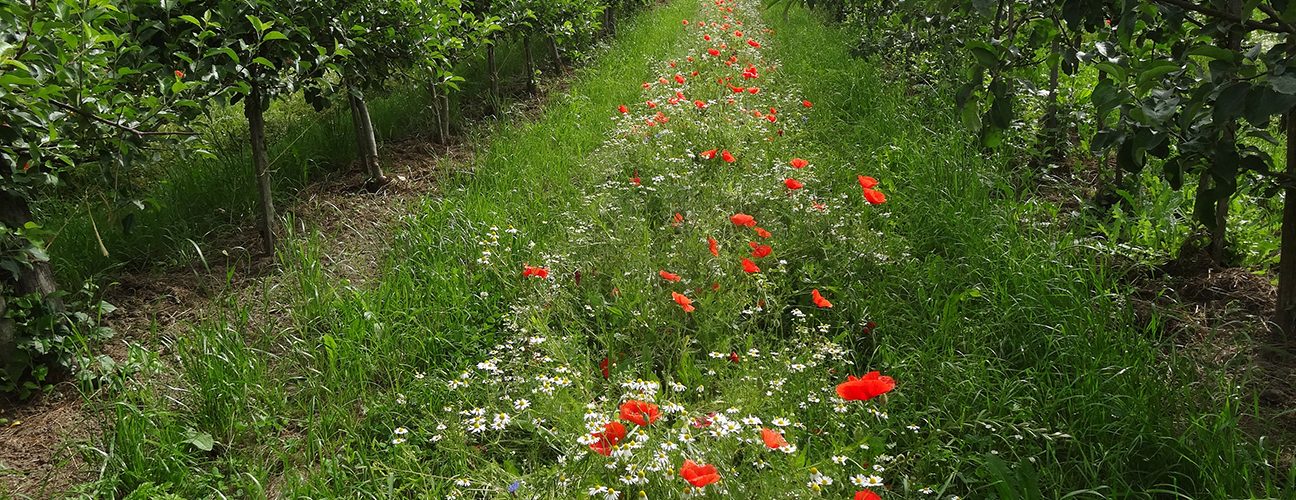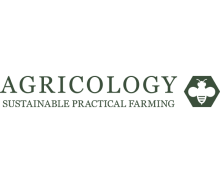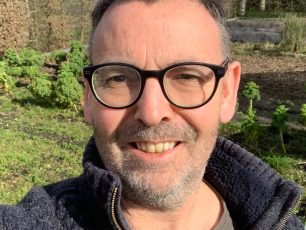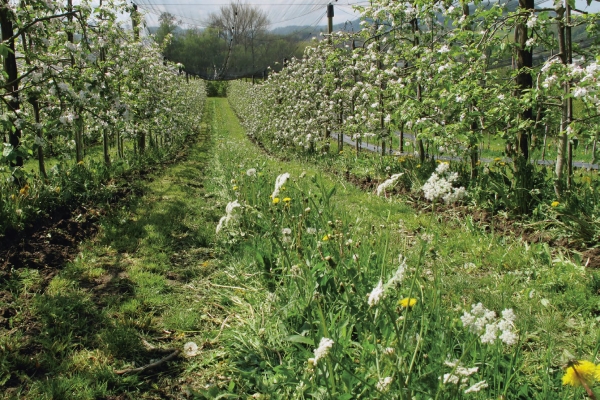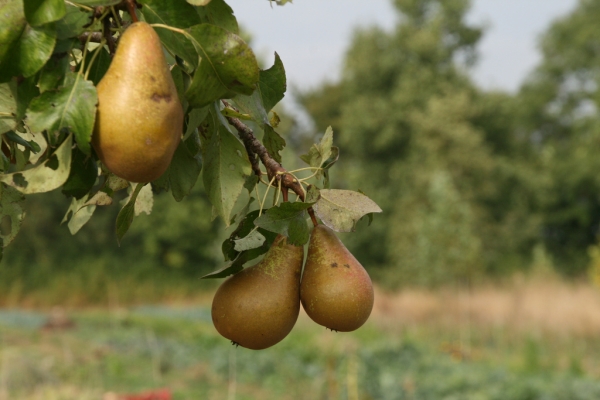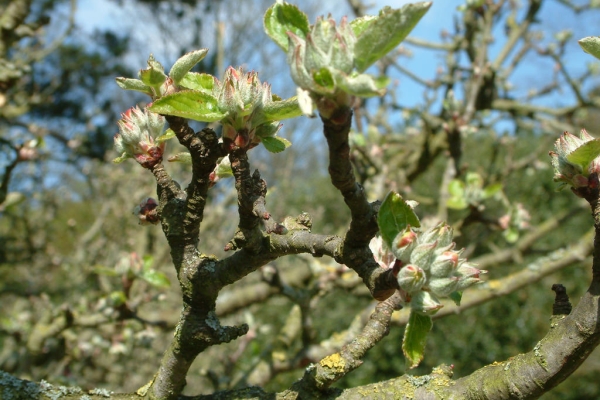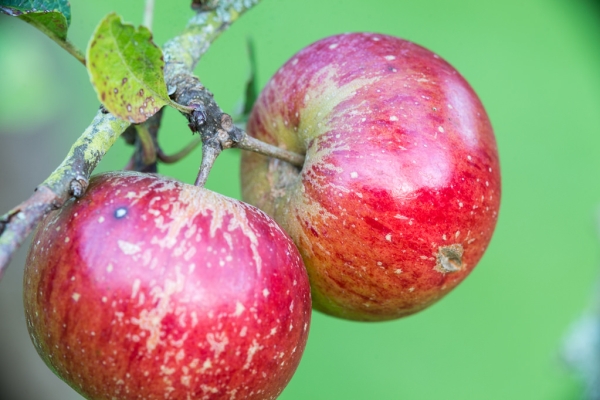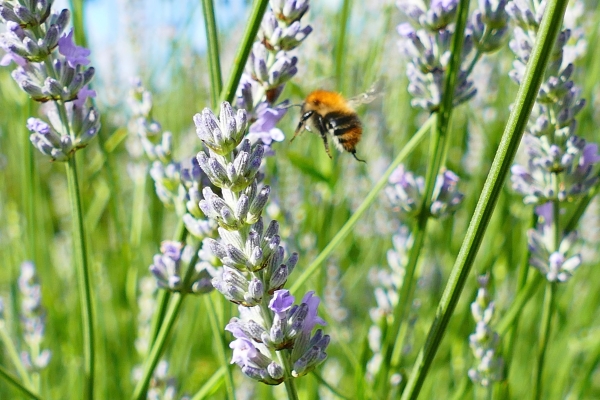Ways forward in organic farming plant health care strategies: Insights from Germany
Organic farming emphasises whole systems and agroecological approaches, with healthy soils, agrobiodiversity and functional biodiversity at the heart of food production and plant health care. In this context the use of copper in organic farming stands out like a ‘sore thumb’. It is a ‘contentious input’ and been subject to much research into alternatives and replacements (see Organic-PLUS and RELACS).
I attended a recent online conference Way forward in organic farming plant health care strategies hosted by the German Federal Ministry of Food and Agriculture as part of their Federal Program for Organic Farming (BOLW), in conjunction with the Julius Kühn Institute and IFOAM Organics Europe.
The concluding notes from the first day which focused on copper as a plant protection product stated that: “Copper applications remain essential in sensitive organic crops such as wine, fruit and potatoes. Nevertheless, there are promising new approaches that could further reduce the application rates in the future. Faster approval of alternative active ingredients would also be helpful.”
Many have sought to navigate the rocky road to a replacement product for copper with biopesticides but the destination never seems to get any closer. Getting a reliable product that works in the field is not easy as often biologicals can be affected by sunlight and the effects don’t last. Therefore, work has been done in tandem to develop biological additives such as rhamnolipids (e.g., Rhaponil SL) that will enhance the efficacy of fungicides.
Vineyards
The conference highlighted that Germany has 12,500 ha of organic vineyards and 20% of this area is monitored for copper usage. Copper use has been around 1.8-2 kg/ha in most years, though in 2021, a particularly wet summer, it rose to 2.67 kg/ha. Usage also varies regionally, depending on how wet the climate is, which suggests that copper is only used when it is needed. The use of disease-resistant (PIWI) varieties is increasing.
Paul Besrukow from Geisenheim University reported on a new approach to using extracts from vine prunings that was developed in the VITIFIT project. The phenolic extracts enhanced the effect of copper preparations in treatments against downy mildew on leaves and grapes. In a one-year field trial, the pruning extract was very effective even without copper and achieved a similar level of effectiveness to a treatment of 3kg of copper per hectare. Another positive effect of the vine wood extracts is improved grape and must quality. Besrukow thinks the extract has the potential to reduce copper levels in viticulture. Other agricultural by-products, such as apple prunings have also shown promising results.
Johanna Döring, also from Geisenheim University, has been studying the long-term effects of plant protection strategies in viticulture on soil quality and the composition of microorganisms. Soil compaction, she says, is significantly lower in organic and biodynamic vineyards than in ‘integrated farming.’ Carbon and mineralised nitrogen were also significantly higher in the two organic systems, especially in the under-vine area. Despite higher copper contents, the total microbial mass is significantly higher in the two organic farming systems, as is the number of different species. She cited the different plant protection measures and the greater diversity in the spectrum of weeds as the most important reasons for this. The extent to which these differences influence the productivity of the wine-growing areas will be further examined in the course of the project.
Top fruit sector
Jutta Kienzle from the Organic Fruit Growing Association (Föko) emphasised that the amounts of copper used in organic fruit growing have remained well below the permitted amount of three kilograms per hectare per year over the last ten years, though use increases in wet years. The continued approval of Curatio® (lime sulphur) has helped in this regard. The sector is working to reduce Plant Protection Products (PPP) in general with more disease-resistant varieties being the most important approach used. The trend has been to use less copper before blossom, but use has increased after blossom.
Jutta Kienzle also presented results from the BÖL joint project Oekoapfelforward. The proportion of marketable apples from a harvest could be significantly increased by using a mechanical cleaning system to remove sooty mould. In trials with the variety Topaz, cleaning made it possible to convert more than half of the previously unmarketable Class III apples into marketable product. However, success depends on the variety – cleaning is easier with round varieties.
Organic breeding and populations for resilient cropping systems
Dr Carl Vollenweider (Dottenfelder Hof) focused on the need for more comprehensive plant health strategies that look at the whole system. Taking the example of common bunt in wheat, a study showed that almost a third of organic wheat samples in Germany were contaminated with the pathogen. “There is often a lack of awareness of the problem because an infection is difficult to recognise,” said Vollenweider. Almost all available varieties are susceptible, and the spores are easily transferred during seed processing.
Common bunt can be a particular problem in heterogeneous populations – in this case, he said, diversity doesn’t help. There is a need to improve Composite Cross Populations, he said, commenting that the UK populations always get problems. Dynamic populations offer potential – these can be less diverse but can be controlled better.
He stressed that a multi-pronged approach to containment should include preventive agronomic measures in cultivation, a focus on high seed quality with intensive checks for spores, seed treatment according to the requirements of organic farming, and an expansion of resistance breeding. Since existing resistances are often based on just one gene, they are usually quickly broken. According to Vollenweider, it is therefore important to develop markers for existing resistance genes and use them to create varieties with several different resistances.
Promoting biodiversity in agriculture
Hans Tüllmann from the Organic Farming Competence Centre in Lower Saxony introduced the FINKA project – promotion of insects in agriculture for the mutual exchange of knowledge between 30 pairs of conventional and organic farms. The focus of the five-year project is to optimise mechanical weed control to reduce the use of synthetic pesticides and increase biodiversity on the farmed areas.
The conventional farm taking part in the trial sets aside 1-3 hectares of land (FINKA plot) on which no insecticides or herbicides are used. The weed control on the plot is managed by the partnering organic farm. The remaining area is managed as usual. The organic farm also has a comparison plot of the same crop.
In the first year of trials there were hardly any differences in the yields of winter wheat and silage maize between plots. “Possible yield losses due to weeds usually only occur in the second and third years of cultivation” said Tüllmann. On some farms there were higher yields in the FINKA plots, probably due to mineralisation of nitrogen from the mechanical weed control.Interestingly, he said that in general, the conventional farmers are very open to using mechanical weed control, especially when there could be economic advantages. Regular meetings and field schools give opportunities to exchange ideas about the advantages and disadvantages of weed control in the different systems.
The FINKA project examines how the changed farming methods affect the arable crops and thus also the insect diversity. Insects in the FINKA test areas are identified using special traps, nesting aids or cameras in order to be able to observe the changes in the number and type of insects occurring here. The changing flora associated with the field is determined in parallel.
The biggest challenge in the medium-term is to determine how high the risk is (of crop failure or economic losses) if pesticides are completely avoided.
This session provoked a lot of interest amongst participants, with one saying: “There should be a FINKA project in every country in Europe!”
Although it could be argued that the FINKA approach doesn’t reflect the systems approach of organic farming, by taking certain practices (mechanical weeding and avoidance of pesticides) in isolation, getting organic and conventional farmers together and learning from each other has got to be a positive thing.
Sources include:
Neue Ansätze zur Kupferreduzierung im Öko-Landbau
Neue Pflanzenschutz-Strategien im Öko-Landbau
